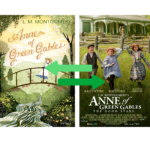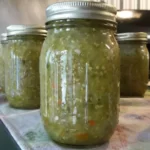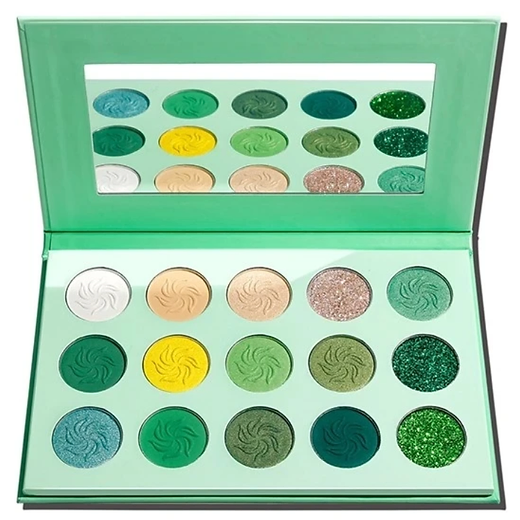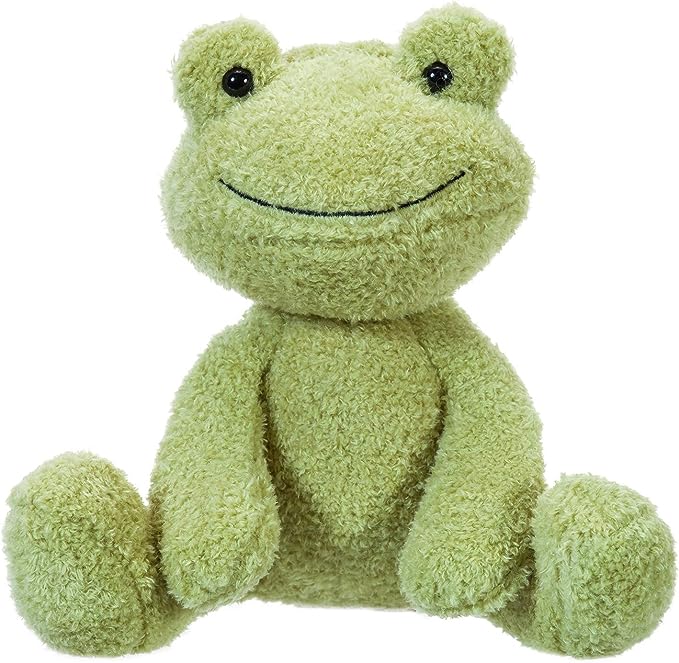the thing about green
When it comes to green it should always be seen. From mint to jungle green, the planet is better for the beauty that green brings. Join us as we explore Our World in Green.
Green
Green is the color of nature, seen in leaves and grass. It symbolizes growth, renewal, and peace. It’s calming and fresh, with shades from pale mint to deep forest.
Pear
Pear green is a soft, light green with yellow undertones, resembling the color of ripe pears. It conveys freshness and subtlety, evoking a gentle, natural, and refreshing feel.
Celadon
Celadon is a pale, greyish shade of green. It is often used as a glaze for ceramics. It would come from iron during the firing process
An emerald is a precious green gemstone, a variety of the mineral beryl. It’s prized for its vibrant color and often used in jewelry. Emeralds symbolize rebirth and love.
Viridian
Viridian is a bright, blue-green color used in art. It lasts long and doesn’t fade, making it great for watercolors and oil paintings. The name means “green” in Latin.
Aquamarine is a light tint of teal, in between cyan and green on the color wheel. The first recorded use of aquamarine as a color name in English was in 1598.
Teal
Teal is a greenish-blue color. Its name comes from that of a bird—the Eurasian Teal. It can be created by mixing cyan into a green base.
Pistachio
Pistachio is a dull yellowish-green color resembling the pistachio nut. The nut has mauve-colored skin and light green flesh, with a distinctive flavor.
Sea Green
Sea green is a calming color, blending blue and green hues. It resembles ocean waters, evoking a sense of tranquility and freshness, often used in design for its soothing effect.
Hunter green
Hunter green is the representation of the colour worn as camouflage by hunters in the 19th century. Some hunters still wear clothing or bandanas in this colour.
Fern Green
Fern green is a rich, earthy green resembling the color of fern leaves. It evokes nature and growth, providing a fresh, natural feel, often used to create a sense of calm and serenity.
Mint
Mint is a light, fresh green with hints of blue. It resembles the color of mint leaves and evokes a sense of coolness and cleanliness, often used for a refreshing, modern look.
Jungle green
Jungle green is a deep, lush green reminiscent of dense tropical forests. It combines dark green with hints of blue, evoking the mystery and vitality of the jungle.
Lime
Lime is a bright, zesty green with a hint of yellow. It resembles the skin of a lime fruit, evoking energy and vibrancy, often used to create a lively, cheerful atmosphere.
Grass green is a vibrant, lively shade, similar to fresh grass. It symbolizes growth and renewal, often used to evoke feelings of energy and nature, bringing a refreshing look.
Chartreuse
Chartreuse is a vibrant color that blends yellow and green, named after the French liqueur. It’s eye-catching and energetic, often used to create a lively effect in design.
Forest Green
Forest green is a deep, rich green reminiscent of dense woodland. It evokes a sense of nature, tranquility, and stability.
Shamrock green is a bright, vivid green, resembling the color of shamrock leaves. It symbolizes luck and nature, often used to evoke feelings of freshness, growth, and a cheerful, lively ambiance.
olive
Olive is a muted, earthy green with brownish tones, resembling the color of olives. It conveys a sense of stability and sophistication.
Christmas Green
Christmas green is a deep, rich green associated with holiday decor. It evokes festive cheer and is reminiscent of pine trees and wreaths.


Green can symbolise luck and good fortune

The thing about green is that it’s not just a color; it’s a symbol of life, growth, and renewal. It’s a hue that holds a special place in our hearts and minds, and it’s not difficult to see why. Green is a versatile and multifaceted color that carries a wealth of meanings and associations.
In many cultures, green is considered a lucky color. For example, in Ireland, green is a symbol of luck and is associated with St. Patrick’s Day.
 Green is used in traffic lights to signal “go,” which is a universal sign for moving forward or proceeding.
Green is used in traffic lights to signal “go,” which is a universal sign for moving forward or proceeding.Historically, green dyes were difficult to produce and maintain. Ancient Romans used to create green pigments from copper and vinegar.












